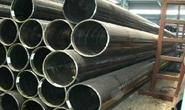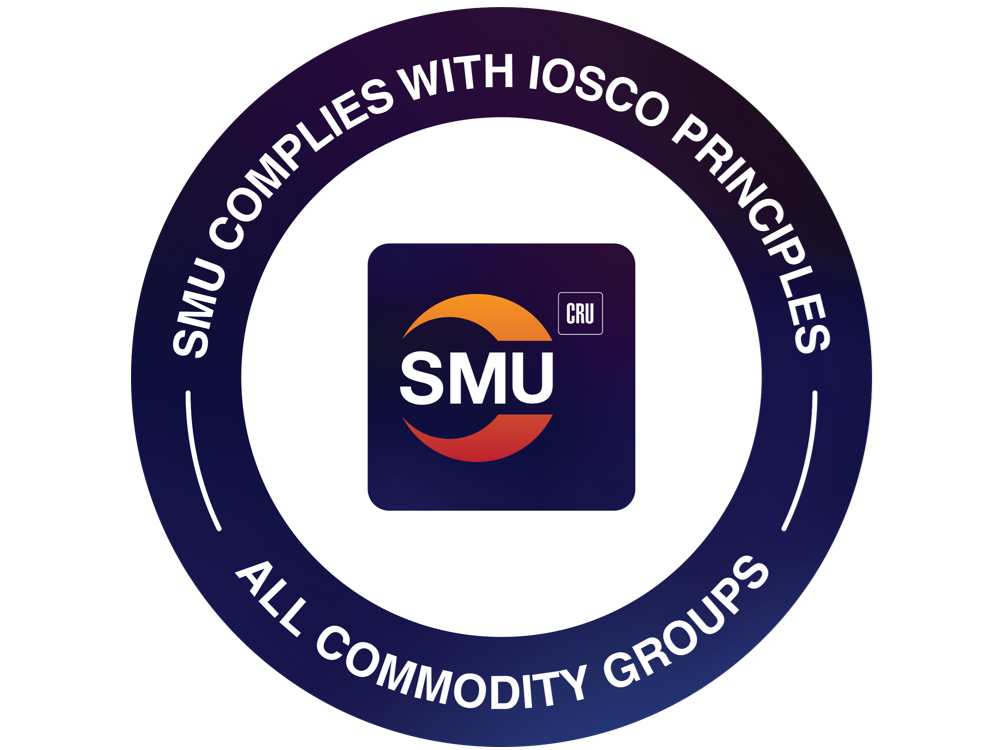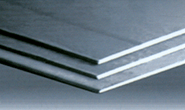Steel Products Prices North America

ITC Final Decision Due on OCTG
Written by Peter Brebach
August 14, 2014
The following article was written by SMU contributing writer, Peter Brebach. Peter is the owner of Iron Angels of Colorado which is a company that deals with foreign steel and specifically with pipe and tube. SMU understands that the final vote by the ITC which was originally scheduled for today (14th) has been moved to August 22nd. This means the public will most likely not see the ruling until Monday, August 25th.
With the final determination by the International Trade Commission (ITC) on the dumping/countervailing cases on OCTG (oil country tubular goods) schedule to be released in the near future, I have been asked to explain the purpose and the responsibilities of this US Government agency, along with those of the Department of Commerce (DoC).
![]() The simple answer is that the ITC is in charge of determining the injury question, whether the imports are injurious to the domestic industry, while the DoC determines dumping and countervailing duty margins. Like with all things connected to the government, the actual situation is a little more complicated. The first thing upon the filing of a dumping suit is that the DoC determines whether or not to accept the case, which is mainly a technical question, and I have never seen a dumping suit the DoC did not like. Next, the ITC decides in their preliminary stage whether there is injury or the threat of injury. Obviously, if they determine there is not, there is no reason for the DoC to start their investigation, and the suit simply gets thrown out (no matter how high the potential dumping duties might be). However, this hardly ever happens. Next, the DoC starts their investigation, which will result in dumping margins (or the absence thereof) to be published at their preliminary stage.
The simple answer is that the ITC is in charge of determining the injury question, whether the imports are injurious to the domestic industry, while the DoC determines dumping and countervailing duty margins. Like with all things connected to the government, the actual situation is a little more complicated. The first thing upon the filing of a dumping suit is that the DoC determines whether or not to accept the case, which is mainly a technical question, and I have never seen a dumping suit the DoC did not like. Next, the ITC decides in their preliminary stage whether there is injury or the threat of injury. Obviously, if they determine there is not, there is no reason for the DoC to start their investigation, and the suit simply gets thrown out (no matter how high the potential dumping duties might be). However, this hardly ever happens. Next, the DoC starts their investigation, which will result in dumping margins (or the absence thereof) to be published at their preliminary stage.
As most readers following this case will know, the DoC, to most people’s surprise, came up with very low margins or no margins for Korea and Turkey, the two main targets of the investigation along with maybe Vietnam and India. This surprise led Roger Schagrin, the lead attorney for the petitioners, to charge that the Koreans had used falsified documents to defend themselves (which is highly unusual). So everybody was very keen on finding out what changes, if any, would be published on July 11th in the final stage of the Department of Commerce’s investigation.
However before this, the DoC dropped a bombshell, in a rather convoluted manner, by accusing the Turkish pipe producers to be the beneficiaries of artificially cheap (government-subsidized) hot rolled coil—the raw material for all welded pipe. In the countervailing duty suit, which accompanied the dumping suit, the Turkish mill Borusan had their low preliminary margin raised to almost 16%. When the final dumping margins were published, amazingly, Borusan stayed at zero, while everybody else (there are only 3 mills) had their dumping margins raised to almost 36%, in addition to which the “all others” category ended up with a CVD margin of over 9% on top of that. For all practical purpose, that takes Turkey out of the market, as these margins are near impossible to overcome.
Then on July 11th, the DoC published the final results for both dumping and countervailing duties. Korea got hit with 9.89% for Nexsteel (whom everybody had expected to get the highest margin, because they were the most destructive in the market), while Hyundai Hysco, whom most observers expected to stay at a very low margin, got hit with 15.75%, and all others with 12.82%. There was no CVD case against Korea.
Beyond that, the results were a pretty mixed bag—bad for some exporters and manageable for others. Taiwan and Saudi Arabia got away with total margins of less than 3%, while Thailand and Vietnam are looking at over 100%. The Ukraine, the Philippines and some Indian mills are somewhere in between, and might be able to adjust enough to live with their margins.
We are now waiting for the final ITC decision. For the record, there are a total of 6 commissioners on the ITC. If they vote in favor of the petitioners or tie in their vote, the domestic industry wins their case, while the foreign exporters (defendants) would have to get at least 4 out of the 6 votes to be found “not guilty” of dumping.
As a footnote, prices have been on the move since July 11th, something this writer does not quite understand, at least not to the degree it has been happening. While import prices for unfinished J-55 Tubing hovered around $900 per short ton at the docks before, they are now all over the place, but none below $1000 and the higher end pushing $1100.
The reason I don’t understand this is that while demand is expanding nicely, it still falls short of supply by a wide margin with more new domestic capacity coming to market continuously. Moreover, as is often the case with dumping suits, the void left by those mills or countries with large margins will be filled by either mills with low margins or new players, who will now be able to compete in this market due to the higher prices.
Last, and this part is overlooked by most observers, if my sales price as a trader or foreign exporter was $900 before the final results came out, and my dumping margin is 10% or 12%, I can now sell at around $1000, pay the extra duty and still enjoy the same net-back to my mill as I did before.
Peter Brebach
Read more from Peter BrebachLatest in Steel Products Prices North America

SMU Price Ranges: HR crawls back to $800/ton
SMU’s HR price stands at $800/st on average, up $5/st from last week. The modest gain came as the low end of our range firmed, and despite the high end of our range declining slightly.

SMU successfully completes IOSCO review
SMU has successfully completed an external review of all our prices. The review has concluded that they algin with principles set by the International Organization of Securities Commissions (IOSCO).

Domestic plate prices could heat up despite so-so demand, market sources say
Some sources also speculated that plate could see further price increases thanks to modest but steady demand, lower imports, mill maintenance outages, and end markets less immediately affected by tariff-related disruptions.

SMU Price Ranges: HR holds, galv slips amid competing market narratives
SMU’s sheet and plate prices see-sawed this week as hot-rolled (HR) coil prices held their ground while prices for galvanized product slipped.

Nucor carries $875/ton HR list price into week seven
Nucor is keeping hot-rolled (HR) coil prices unchanged again this week, according to its latest consumer spot price (CSP) notice issued on Monday, Oct. 6
